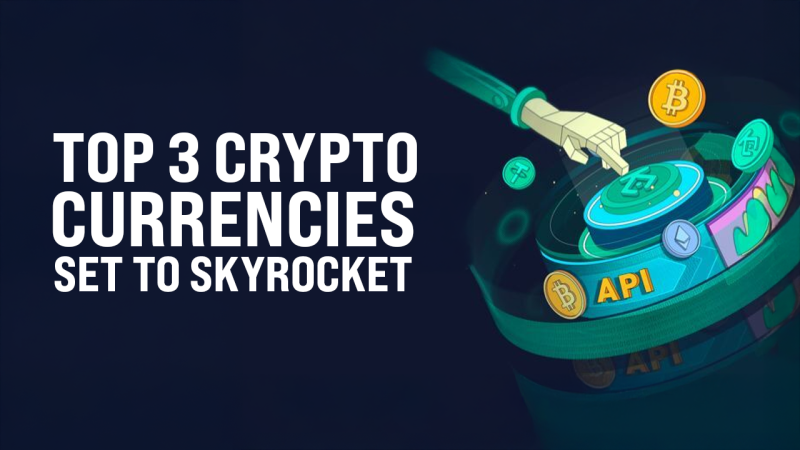 |
|
 |
|
 |
|
 |
|
 |
|
 |
|
 |
|
 |
|
 |
|
 |
|
 |
|
 |
|
 |
|
 |
|
 |
|
Solana's memecoin craze has propelled its blockchain to new heights with high transaction throughput and low fees. However, the sustainability of this frenzy is questioned as network fees tripled to $50 million in just a month, raising concerns about Solana's economic viability. Despite the surge in usage and attention, Solana still grapples with the challenge of achieving long-term profitability.

Is Solana's Memecoin Frenzy Sustainable?
Solana's blockchain has seen a surge in usage lately, thanks to a wave of memecoin activity. This has put the spotlight on its high transaction throughput and low fees, attracting attention and users.
Is Solana Profitable?
In the past month, Solana's network fees have almost tripled to around $50 million, according to Token Terminal. That's more than the entire year of 2023 combined. But despite this surge, Solana is still far from economically sustainable.
Why Not?
The problem lies in the balance between network fees and token incentives. Maintaining and securing the network costs have skyrocketed to $371.9 million from just $37.7 million in September 2023. This is mainly due to the increase in the value of SOL.
Most of these costs are token incentives for validators. Validators are crucial to the blockchain, ensuring its integrity and security by validating or rejecting transactions. They get paid in token incentives, which is essential to Solana's Proof of Stake (PoS) model.
Is SOL Sustainable?
The huge amount paid in token incentives raises questions about SOL's economic sustainability. Validators need to be compensated, but the gap between revenue from transaction fees and costs from token incentives is significant.
Memecoins and Sustainability
Memecoins can drive up network usage and fees, but they don't always provide a stable basis for growth. Ethereum, on the other hand, is one of the few profitable blockchains. Its profitability comes from high transaction fees and lower token incentives, especially after its transition to PoS.
Solana's Silver Lining
Data shows that SOL is improving. Its price-to-fees (P/F) ratio, which compares market cap to annualized fees, has dropped from 375x to 123x. This shows that Solana is generating more fee revenue relative to its market value.
Solana's Roadmap
Solana plans to reduce token issuance, with its current annual inflation rate of 5.394% set to decrease by 15% each epoch-year. This would reduce inflation and reward SOL stakers, ensuring network security. Solana also uses a transaction fee model where half of every fee is burned, reducing supply and rewarding validators.
Optimistic, but...
This approach, along with expected increases in transaction volumes, could potentially offset inflationary pressures and achieve economic stability for Solana. But as of now, that might be a bit too optimistic.
Disclaimer:info@kdj.com
The information provided is not trading advice. kdj.com does not assume any responsibility for any investments made based on the information provided in this article. Cryptocurrencies are highly volatile and it is highly recommended that you invest with caution after thorough research!
If you believe that the content used on this website infringes your copyright, please contact us immediately (info@kdj.com) and we will delete it promptly.
-

- Terra Luna Classic (LUNC) is fading away in relevancy, giving way to newer altcoin counterparts to exit the TOP 150 by global market cap.
- Mar 12, 2025 at 10:05 am
- However, there’s a loyal LUNC community behind the embattled Layer-1 chain, collectively contributing to millions of LUNC token burns every week.
-

-

-

-

-

-

-

-




















































